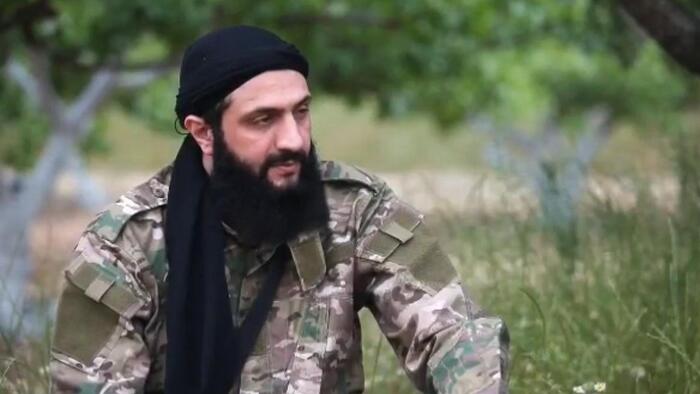On December 20, 2024, an unprecedented meeting took place in Damascus, revealing the complex and often contradictory dynamics of international diplomacy in the context of the Syrian conflict. Barbara Leaf, the U.S. Assistant Secretary of State for Near Eastern Affairs, led a delegation to meet with Abu Mohammed al-Jolani, the leader of Hayat Tahrir al-Sham (HTS), a group with historic ties to al-Qaeda. This meeting was striking mainly due to its setting; mere hours before, the U.S. had removed a $10 million bounty for al-Jolani’s capture. The talks reportedly aimed at establishing a ‘vision’ for a new Syria, focusing on sanctions, the removal of the bounty, and the status of missing U.S. citizens in the region—a situation representative of the fluidity of alliances and enmities within the Syrian theater.
The U.S. delegation’s motivations were highlighted by its initiative to foster dialogue with HTS, an entity that has evolved from being an affiliate of al-Qaeda in Syria to a more domestically focused group with ambitions of governance. Representatives from HTS described the meeting as “positive,” indicating optimism about future collaborations. This marked a dramatic shift in U.S. policy and perception in a region where past affiliations with terrorist organizations have typically resulted in stringent sanctions and isolation. Al-Jolani, once a significant figure in ISIS and involved in anti-American activities during the Iraq War, now appeared to be pivoting towards a more pragmatic stance, at least in the eyes of U.S. diplomats.
While U.S. officials noted signs of moderation from al-Jolani, concerns arose regarding the validity of these claims given his violent past. Barbara Leaf praised the apparent shift in HTS’s outlook, citing statements acknowledging women’s rights and equal rights for various communities. However, skepticism remained about the sincerity of such claims, considering al-Jolani’s previous embrace of extremist ideologies. The juxtaposition of diplomatic rhetoric with historical actions poses profound questions about accountability and the nature of political transformations in the region. Can a leader with such a disturbing legacy genuinely alter his views, or is this merely a tactical maneuver in a complex geopolitical landscape?
Critics of the U.S. approach expressed their outrage on social media, framing the removal of the bounty as an egregious sign of compromised values and inconsistent foreign policy. The image of an al-Qaeda-affiliated leader engaging with U.S. diplomats sparked humor and disbelief, especially in light of the swift adjustments made to his status following a brief meeting. The narrative constructed around al-Jolani featured mockery about his supposed transformation—lampooning the suggestion that a visit from U.S. officials could instantly rehabilitate someone associated with heinous acts of violence against Americans.
The meeting and the subsequent policy shifts expose broader themes in American foreign policy, particularly regarding its handling of militant groups and shifting loyalties in the Middle East. The dialogue with HTS signifies an understanding among U.S. officials that navigating the complexities of the Syrian conflict may compel engagement with previously marginalized factions. As the U.S. seeks to pivot towards a more stable and cooperative Syrian landscape, it indicates a willingness to negotiate with factions that may have been previously deemed unapproachable due to their affiliations with terrorism.
Ultimately, the implications of this meeting resonate far beyond the immediate discussions, spotlighting the paradox of diplomacy where the lines between friend and foe blur. The U.S. government’s willingness to part from established norms in favor of pragmatic engagement may lead to unforeseen consequences. As the international community watches closely, the story of al-Jolani and HTS unfolds as a reflection of broader geopolitical shifts, questioning the potential for transformation in a land laden with conflict, trauma, and shifting allegiances. The evolving relationship between the U.S. and Syrian militant groups may inform future strategies, and it raises pertinent questions about morality in foreign policymaking amidst an ever-complex conflict.

